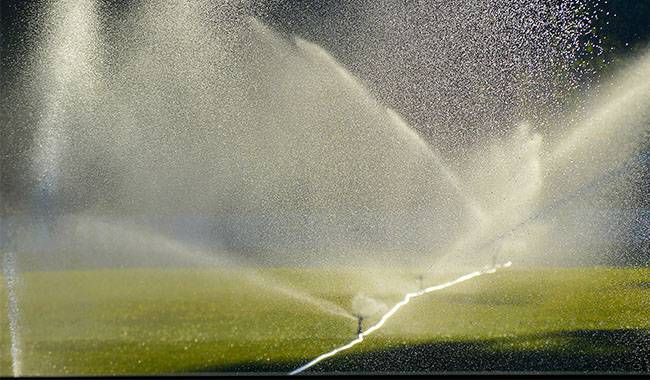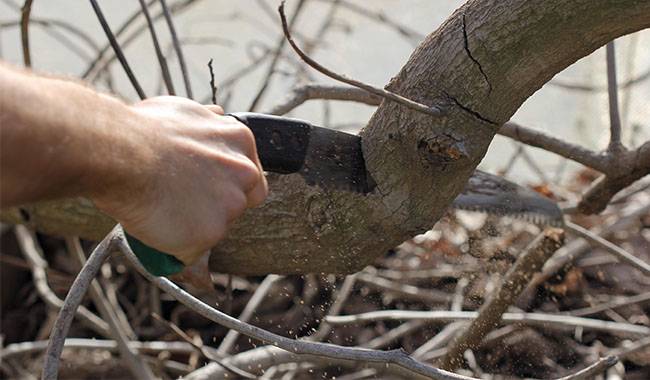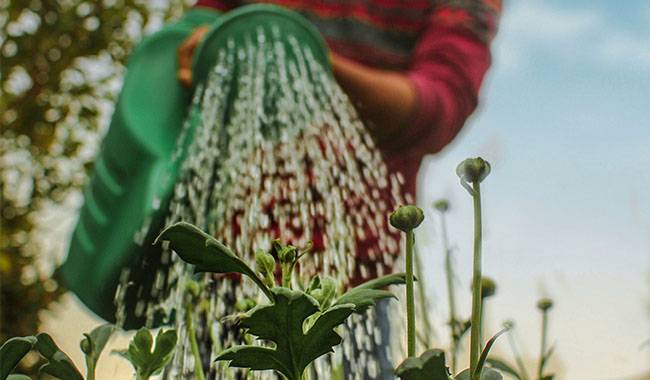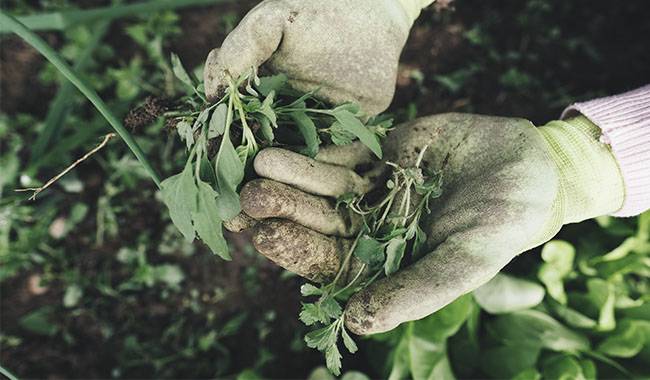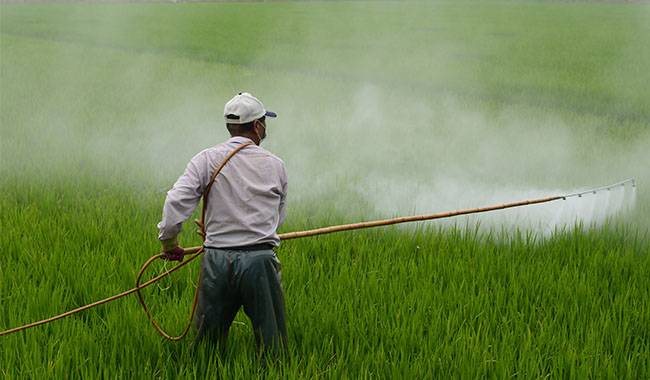
When spring arrives, gardeners have a lot of work to do, like getting pest control. When the warmth arrives, the garden changes quickly. The buds on plants that were asleep yesterday have begun to swell and everything is literally coming to life.
After a long winter, this can’t help but be a delight. But the problems that accompany gardens – insect pests and pathogens – are becoming alive. Weevils, leafminers, aphids, moniliasis, scabies, powdery mildew – a long list would suffice, but I guess you’re the one who knows them.
How do you make sure these uninvited guests are not in the garden or at least less of them?
There are different ways to accomplish this, but perhaps the easiest and most popular is to spray effective chemicals in the garden. Of course, I know that these products can be damaging to the environment, to animals, and to us, but still. How many people are ready to give them up?
It seems to me that the situation here is much the same as with mineral fertilizers. People can argue about this for a long time, but for many, it is simple and effective, and it is mostly about applying it “wisely”. So, when do you spray in the spring and what do you spray with so that you can “do what you want”?
WHEN SHOULD I START SPRAYING MY GARDEN FOR PEST CONTROL?
The first thing to understand is that you are unlikely to solve the problem with single spraying. After all, all “problems” wake up not only in your garden but also in the surrounding area. Get rid of yourself for a short time, but the breeze will bring a new part of pests and diseases. Therefore, it is worth spraying 4 times in the spring.
Second. It is worth starting the battle immediately on the first warm day (it varies from region to region and it is pointless to give exact dates). If you miss the first, all this “dirt” will start to spread in your garden, and it will be much harder to fight it. And now to be specific.
THE FIRST SPRAY OF SPRING IS THE MOST IMPORTANT THING
In my opinion, the first spraying of the garden is the most important and should always be done. It should be done in early spring before the buds on the plants start to swell when the average daily temperature is about 39 °F (4 °C).
At this moment, the tree is still sleeping, just as overwintering pests and disease spores are sleeping. And you can use a fairly concentrated preparation without fear of damage to the plant.
But it is worth looking carefully at different plants, not all of which are in the same stage. For example, if the apple tree is still sleeping and the black currant has swollen out of bud, a strong solution will harm it and simply burn it. Therefore, be very careful with the first spraying.
What to use? The classic and already popular solution for a hundred years – “Bordeaux mixture”. It is a mixture of two aqueous solutions of lime and copper sulfate.
Some people prepare it themselves (you need to do a good job), others buy a ready-made preparation (“Bordeaux mixture“) at the garden store. For your first spring spraying, you should use Bordeaux mixture 3%.
You can use iron sulfate, diluted in water (300-500 g per 10 liters). What does the concentration depend on? On the level of infestation in your garden. If the infestation is weak, 300 grams per bucket of water is enough, if the garden is significantly sick, it is better to dissolve 500 grams.
Some gardeners use good old-fashioned nitroprusside for the first spraying in spring. In my opinion, this is not worth it. It is “kind” as far as its effectiveness is concerned, but not “kind” at all to our health.
More interesting is the recently popular concentrated solution of urea (urea). Take about 700 grams of urea per 10 liters of water. You can also add 50 grams of copper sulfate. Such a solution is very effective against overwintering pests and spores of many diseases.
This solution has two additional “benefits”. On the one hand, it slows down vegetation growth slightly (7-10 days), which can save flowers from spring frosts. And on the other hand, it is a nitrogen fertilizer, which is exactly what our plants need in the spring. Here we have this seemingly contradictory, but viable property.
There is a good choice of “acaricide” which is very effective in fighting the overwintering phase of pests. It is considered safe for us and the environment, because only a film is formed on the surface of the sprayed plants, and pests do not have the opportunity to “breathe”. However, it is worth remembering that it controls pests, but not diseases. It should be used in gardens that suffer from pest infestations.
There are other preparations. When choosing one or the other, the main criterion is its suitability for early spring and low-temperature treatment – I remind you that 39 ° F (4 ° C).
The second spraying of the spring garden “spraying along the green cone”
The second spraying is called “spraying on the green cone”. The name already indicates that it is done after the buds of the plant have started to develop and bulge out into the green, still tightly curled cones. The unfurling buds are susceptible to strong solutions, as are surviving pests and diseases.
What to use? You can use the same Bordeaux mixture, but at a much lower concentration – 1%. But in my opinion, it is much more effective to use modern preparations and to prepare so-called “mixing tanks” from them.
This means that in a bucket of water you can mix two different preparations: one for disease control and the other for pest control.
For example, you can mix to control scab, powdery mildew, moniliasis, and insecticides.
There are other options, mainly by carefully studying the instructions, whether they are suitable for mixing with other preparations and whether there are restrictions on air temperature.
The use of preparations in the form of tank mixtures can reduce the number of treatments. Instead of separate control (pest first and disease later), you have a full treatment. Hopefully, you will also do less damage to the environment.
The third spray in the spring garden is “on the rosebuds”
The third spraying was done as the buds were advancing (the buds were still closing). Since most of the trees in our garden have pink buds, this spraying is called “on the rosebuds”. I will not be talking about this for a long time. You can use the same mix of fungicide and insecticide in a can.
The only caveat is that when buying this or that preparation, pay attention not only to its name but also to its active ingredients. Often, different manufacturers use different names for one substance. And it is better to alternate the drug so that the active substances are different so that there are no addictive effects.
Fourth spring garden spraying “after flowering” in the spring garden
Immediately after the flowering period, the garden should also be sprayed for the fourth time with a canned mixture.
Now, in my opinion, some important points.
- For spring spraying to be effective, it must be done in a timely manner, not guided by the advice of reference books, online resources, or video blogs, but only by weather conditions and the stage of development of the plants in your garden.
- It doesn’t hurt to treat a plant with a solution from head to toe and sprinkle the solution on the roots of the tree as well. If you miss something or are just lazy, it will undo all your efforts and disease will break out again (or pests).
- If the first spraying often allows you to treat all the plants in your garden at the same time (they are all sleeping), then the next start a strong divergent development. It is quite possible that by creating a “rosebud” tree, there is already a flowering tree next to it, so you can no longer treat it. Take care of yourself.
- Try to agree with your neighbors on simultaneous treatment so that the effect will be more thorough.
- Try to find and use products that are harmless to insect pollinators and animals, and that are available.
- Don’t forget that even if the package says the preparation is harmless, you must take care to protect your skin, eyes, and respiratory system. I firmly believe that if a drug can kill an insect, then it is not harmless to us. Goggles and respirators are usually recommended, and in my opinion, are uncomfortable. Of course, I prefer clear masks, including hats and gloves.
Of course, anything can happen and spraying may be needed in the summer and fall, but in my opinion, these first four items are the deciding ones and will determine the health of your garden this season.
Good health to you and your garden! And a bountiful harvest!




